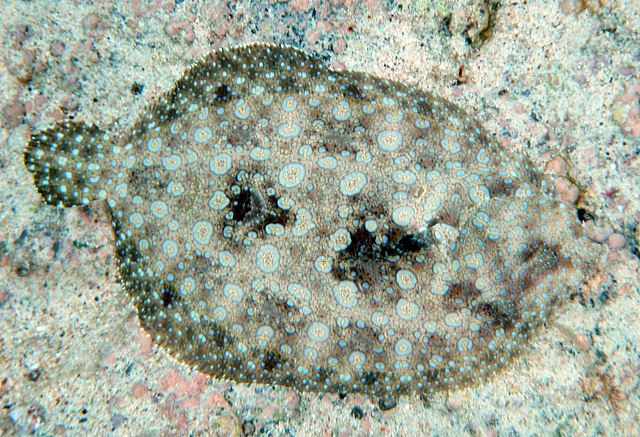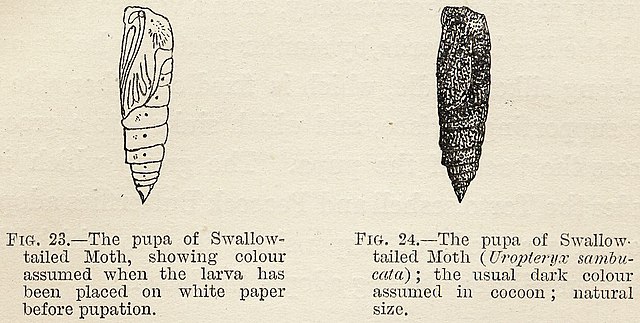The color khaki is a light shade of tan with a slight yellowish tinge.
Khaki is a common color in military uniforms and equipment, particularly those intended for use in desert or arid regions, as seen on these German and Senegalese officers.
Corps of Guides (India) (Infantry & Cavalry) by Richard Simkin
Pakistan army General wearing khaki uniform
Dark khaki serge uniform jacket, Lieutenant, 7th London Regiment, First World War era.
Camouflage is the use of any combination of materials, coloration, or illumination for concealment, either by making animals or objects hard to see, or by disguising them as something else. Examples include the leopard's spotted coat, the battledress of a modern soldier, and the leaf-mimic katydid's wings. A third approach, motion dazzle, confuses the observer with a conspicuous pattern, making the object visible but momentarily harder to locate, as well as making general aiming easier. The majority of camouflage methods aim for crypsis, often through a general resemblance to the background, high contrast disruptive coloration, eliminating shadow, and countershading. In the open ocean, where there is no background, the principal methods of camouflage are transparency, silvering, and countershading, while the ability to produce light is among other things used for counter-illumination on the undersides of cephalopods such as squid. Some animals, such as chameleons and octopuses, are capable of actively changing their skin pattern and colours, whether for camouflage or for signalling. It is possible that some plants use camouflage to evade being eaten by herbivores.

The peacock flounder can change its pattern and colours to match its environment.
A soldier applying camouflage face paint; both helmet and jacket are disruptively patterned.
Octopuses like this Octopus cyanea can change colour (and shape) for camouflage
Experiment by Poulton, 1890: swallowtailed moth pupae with camouflage they acquired as larvae








